If you want to know how to paint by numbers and whether to use light or dark paint first, we will look at watercolours, acrylic and oil paints.
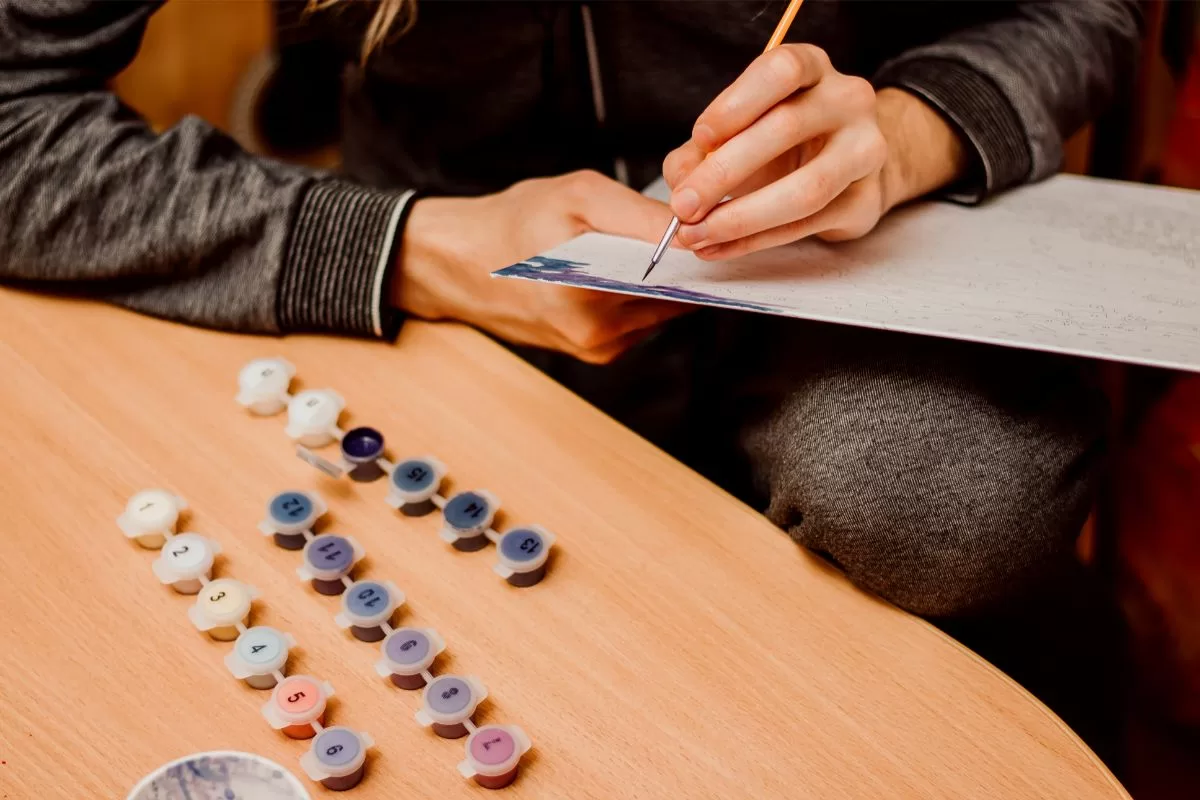
Which shade you begin with will depend on which of these types of paint that you are using.
Painting In Watercolours
When you are using watercolours for painting by numbers you will start with the lighter shades and then move on to the dark colours.
While occasionally the opposite is true depending on the piece starting with lighter colours in watercolour paints will typically give you the best results.
This approach means that when you lay down the lighter shades you are less likely to make a mistake that cannot be undone. Whereas if you start with dark colours and make an error then it is difficult to rectify this.
If you happen to overlap an area with dark colours that are meant to be light then it is almost impossible to cover these dark colours with lighter shades.
This is because the watercolour has a high degree of transparency unlike oil or acrylic paints.
When there are parts of the paper that are meant to be kept white rather than being painted a light colour these should be identified early on and planned in advance.
This is because the white colour is coming from the paper itself rather than the paint.
Painting In Acrylic
Using acrylic paints is different to watercolour in a few ways including the type of surface it is used on. Watercolour works well on paper as well as on canvas.
When it comes to whether you should start with light or dark when using acrylic paints the general rule is more or less the same as with watercolours. Start with lighter shades and work up to the darker hues.
However acrylic paints are more versatile than some others, and you can work from light to dark colours or try the reverse and go from dark to light.
Or you could even go for the middle ground and start with mid-tones and progress to either the lighter or darker shades from there.
If you decide to start with the light colours then you could try diluting the paint slightly. This is a typical painting technique which allows you to work from light to dark colours in your piece.
The result will be quite transparent, but the technique means you can then layer on some more colour and work up until you achieve the shade that you want.
Painting In Oil
When you are using oil for painting by numbers or any other method of painting the most convenient way to begin is to start with dark colours and move up to the lighter ones. This principle is based on the use of light in a painting.
So starting with the base of dark colours allows you to build up the shading in the work. You move from the dark colours to the middle range of hues and then finally on to the lighter shades.
Of course all of this depends on the composition of the piece of work you are creating. When you use this dark to light technique the final result will look much more spontaneous. The brushwork will also look a lot cleaner.
The lines you achieve with oil paints are a lot sharper and cleaner than other mediums, so it is important to get the approach right for a pleasing result. Of course, you can thin down oil paint with a solvent and create different effects and textures.
As oils take longer to dry than other paints it gives you more time to work the paint. This allows you to include details and achieve the effect you want.
Mixing Colours
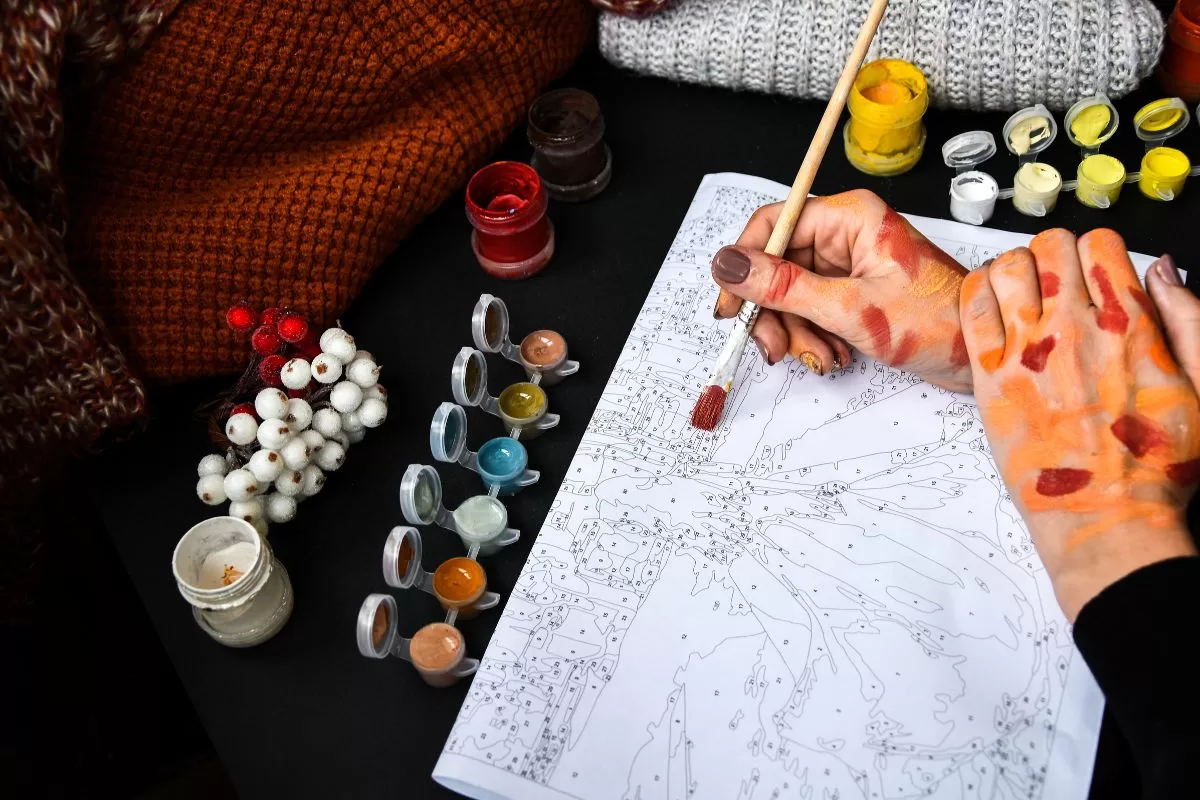
On a paint by number piece you may occasionally notice that some sections have two numbers rather than one.
In these parts of the design, it is necessary to mix the two colours that are indicated together to achieve the correct shade or tone.
This needs to be done with care so remember to take your time so that you get the right shade. Using equal amounts of paint from each colour should ensure that you achieve the desired effect and tone of colour.
You will also need to wash your brush between each dip into the paint pots so that there is no unwanted contamination of the colours. It may be easier to use a toothpick or specific tool to mix the colours together.
If you are using oil paints then a palette knife may be more useful for mixing colours together.
Be careful when mixing black paint with another colour as a little goes a long way. It is better to start with a small amount and add more as needed to achieve the desired tone. This is easier than trying to tone down a colour that is too dark.
Preparing To Paint
Before you sit down to do your paint by numbers piece it is important to make sure you have chosen the best place to work.
One of the most important things to consider is the amount of natural light you will have, this allows you to see the lines clearly and work more confidently.
You will also need to be comfortable and have plenty of space for your paper or canvas as well as all your paints and other materials.
A large table or desk is best to allow you to move around the piece rather than picking it up to adjust the angle you are working at.
Another thing to set up properly is the reference picture of your piece. You’ll need to put this somewhere you can easily see it and refer back to as you work on your painting.
Although it doesn’t need to be a carbon copy, you can add your own personal creativity to the piece.
Tips For Painting By Numbers
One of the best pieces of advice to get a good finished painting by numbers piece is to make sure that you cover up the number with the paint.
If you don’t achieve this your work will not look as clean or beautiful as you want, a good tip is to put a couple of layers of paint on it.
It is important to take good care of your materials as you work on your painting. Make sure to close the lids on your paint pots and to regularly clean your paintbrush.
Keep your materials and your painting in a dry and clean place to maintain the best appearance.
You may find it best to work from the top of the painting downward or from right to left according to whether you are right or left handed.
You should also take your time and not rush your work to make sure you end up with the quality of painting that you desire.
Final Thoughts
Paint by numbers is a great hobby which is both relaxing and enjoyable. We hope that you have enjoyed our guide to whether you should start painting with light or dark colours first and that you have found it informative.

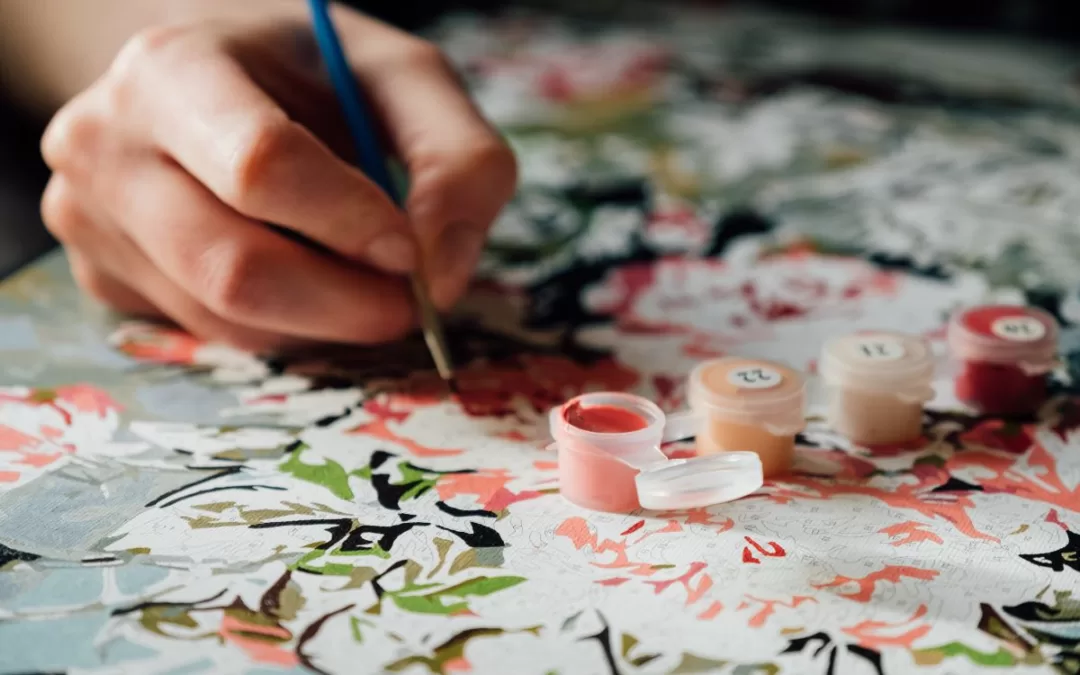
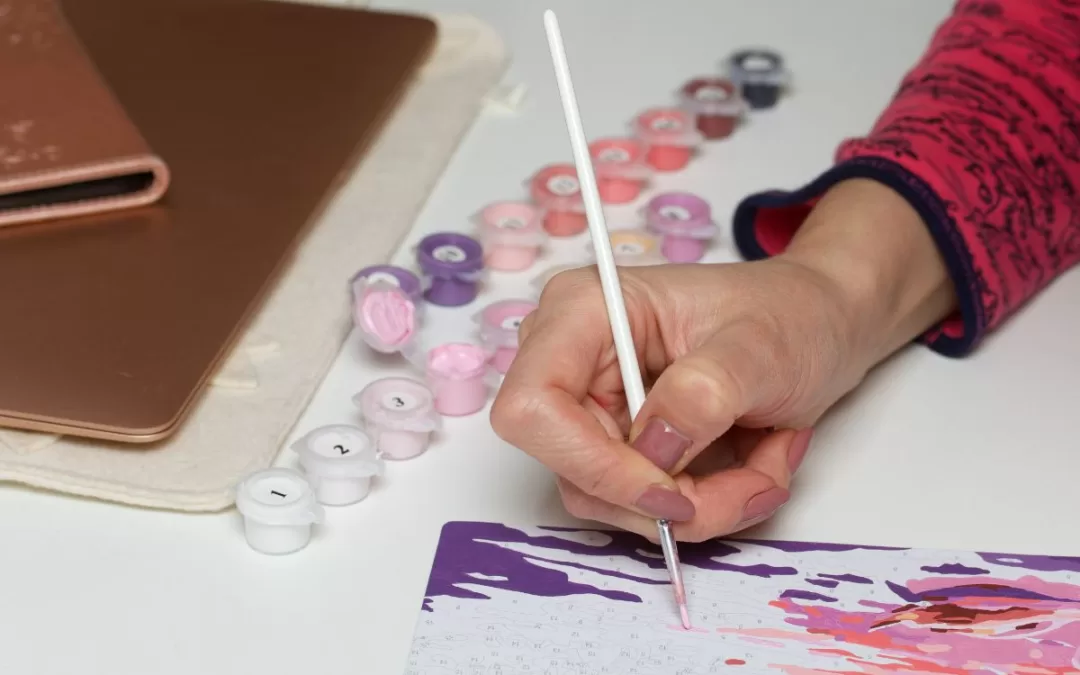
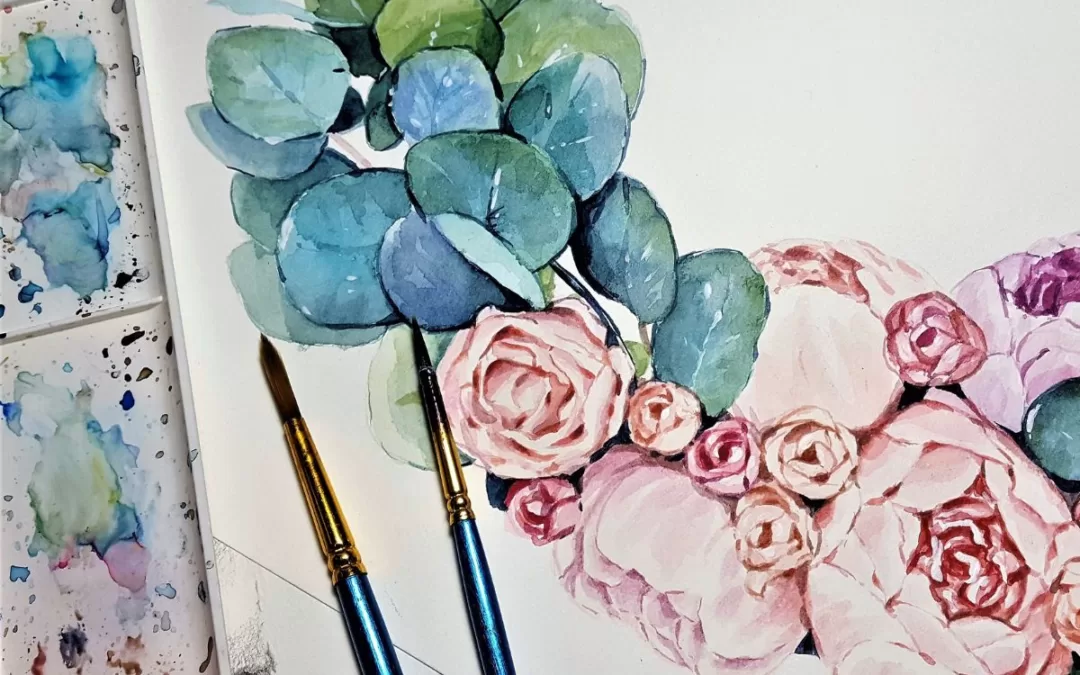

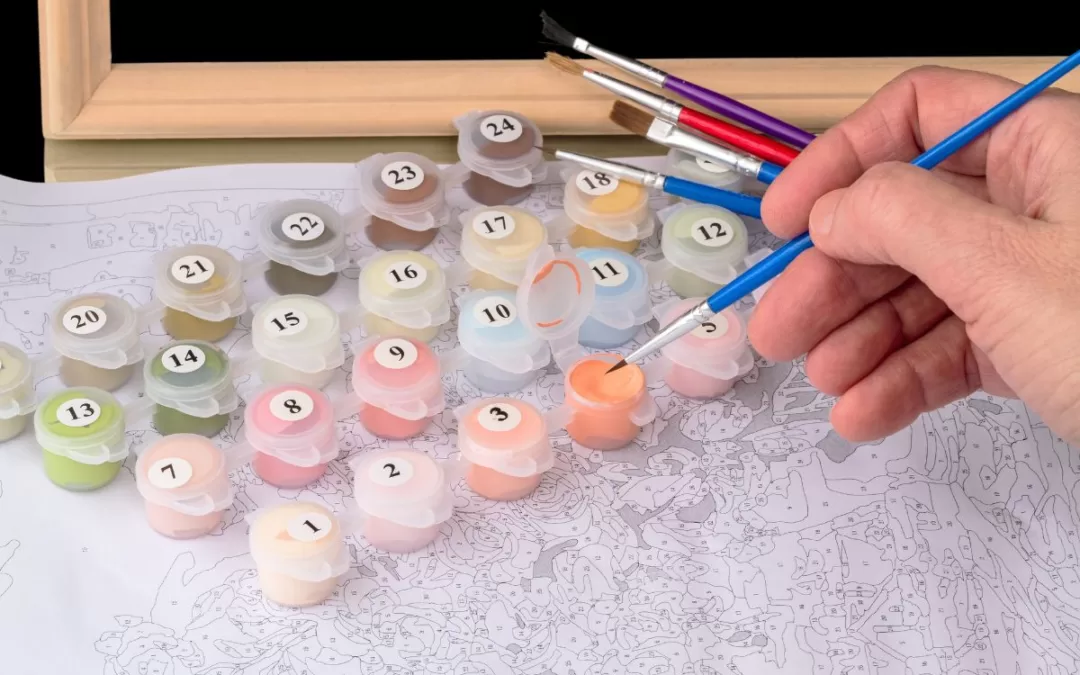

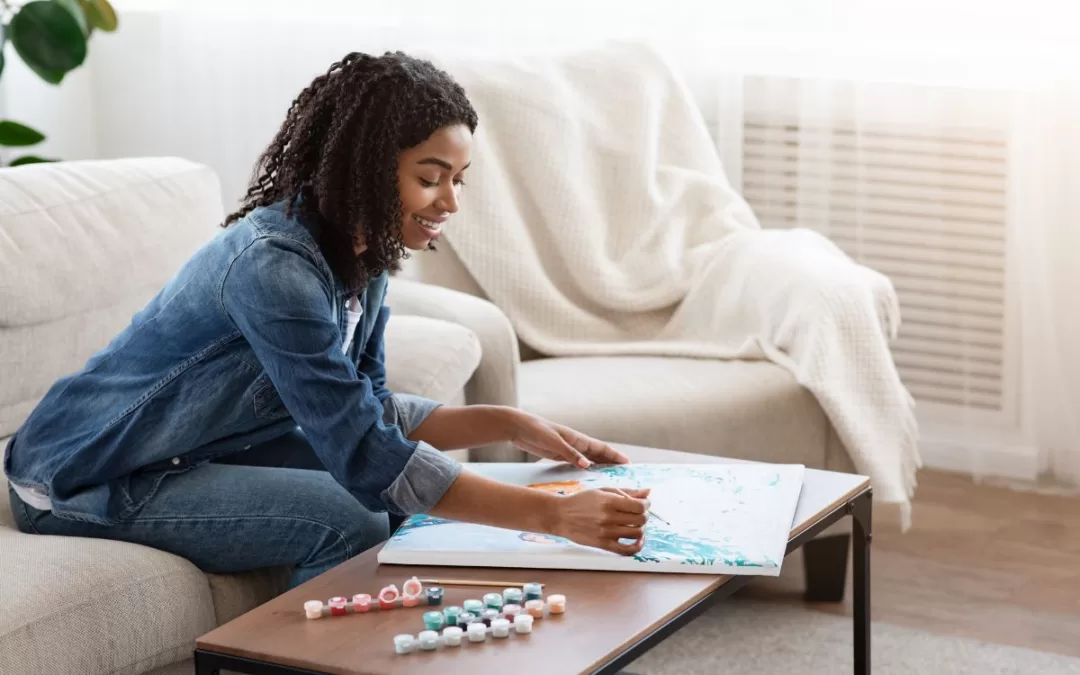
![How To Completely Cover The Numbers In Paint by Numbers [Helpful Hacks]](https://paintmynumbers.co.nz/wp-content/uploads/2022/12/How-To-Completely-Cover-The-Numbers-In-Paint-by-Numbers-Helpful-Hacks-1080x675.webp)